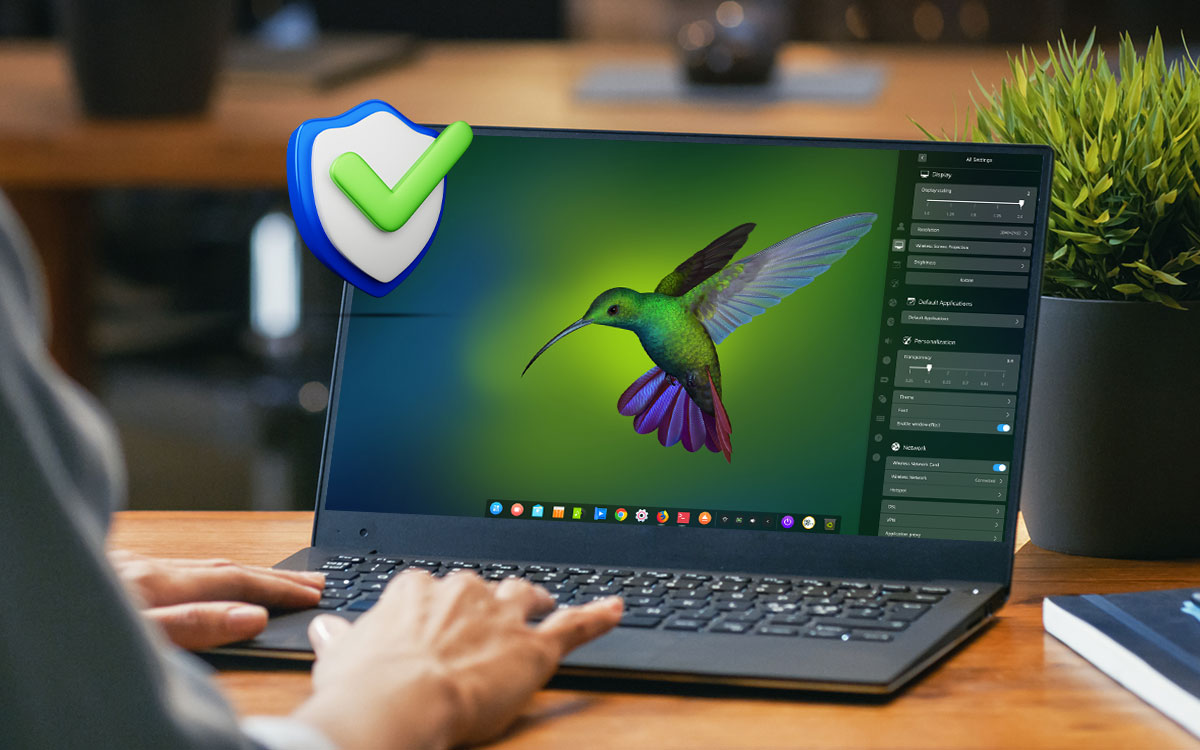Linux system comes with in-built Linux security system that keeps the system safe as compared to Windows. The security feature in Linux surely makes it resistant to viruses and other threats, but that does not conclude the entire security issue. There is a lot more to it! Hackers are breaking all the walls of desktop security by extending their reach form your private folders to the credit card details. Whether it is about basic locking of screen or using secure SSH logins, following certain Linux desktop security measures is worthwhile.
How To Secure Linux Operating System
Let us take a look at this security checklist in the article. It describes how to secure Linux operating system (mandatory for every Linux installation). Read On!
1. Don’t Ignore SE-Linux

If there’s a provision for security enhancement, it is for a reason. SE-Linux debars access control to applications on the desktop which makes it difficult for hackers to enter the system. Users are seen disabling security access system without taking notice of the security aspects. It is used to guard files, processes and users who are not allowed to access the system. Thus the security is always managed by the admin. Out of three modes of SE-Linux viz. enforcing, permissible and disabled, it is advisable to make use of the first two.
2. Using Secure SSH Logins

Handling your desktop from remote locations with proper security is crucial to data stored inside the system. SSH logins provide secure encrypted protocol. This protocol is implemented to communicate with the server at the time of accessing your location from remote locations. Telnet and Rlogin both pass settings to servers and allow logging in without typing a password. Experts also suggest using high level port number over SSH 22.
3. Wi-Fi Protected Access on Router

If you’re still feeling safe with WEP, remember that it is just the standard security feature on every wireless router. Hackers can easily crack the security by identifying keys used on a wireless networks using WEP. Using WPA2 or at least WPA would make your connection a lot more secure than WEP.
4. Updating System Regularly

Linux desktop receives the security updates within a few hours of release. However, a user only receives them if he is installing the updates regularly. Even when you think your system is working well, there is a need to update because of the security fixes they come with. These security fixes never allow hackers to enter your up-to-date kernels. Apart from the security measures it fixes other stability issues that can probably prevent the system from crashing through regular use.
5. Implement a Strong Password

Whether you’re using a distribution Ubuntu or Fedora, it is highly important to implement a strong password. This is because hackers never leave a chance to get into the system. Give them a tough time by making use of Pluggable Authentication Module, which forces user to keep a strong password and keeping the Linux desktop safe.
6. Make use of Firewalls

Firewalls make your system resistant to unauthorized access of servers. Without firewalls people can get internet access to the insecure services on your computer and misuse them. Ubuntu doesn’t enable firewalls by default, but you can always install them or you can also change the configuration to enable such firewalls on the system.
7. Have Disk Partitions

Disk partitions help the data to be organized. This stores data on different locations, keeping one location disconnected from the other. So that if one part of data is destroyed in any case, rest of the data remains unaffected. Have disk partitions like /boot, /home, /temp, /var and make sure that all the third party apps are on separate files under /opt.
These Linux desktop security measures will definitely help you harden Linux desktop. As per the old adage, it’s always better safe than sorry. This sounds perfect when it comes to securing your Linux desktop. These techniques are some of the basic security measures, but people are rarely seen using them.
There are many service providers who make good use of these practices to keep Linux desktop safe. Make use of these practices and keep your Linux desktop protected from all the illegal practices.


 Subscribe Now & Never Miss The Latest Tech Updates!
Subscribe Now & Never Miss The Latest Tech Updates!
Hans
Excellent advice of which some I have never read about. You have a very good website and as such, I am bookmarking it.